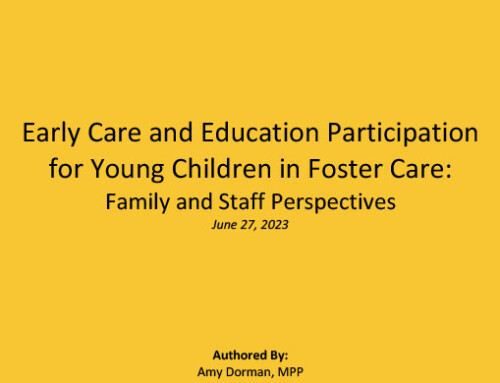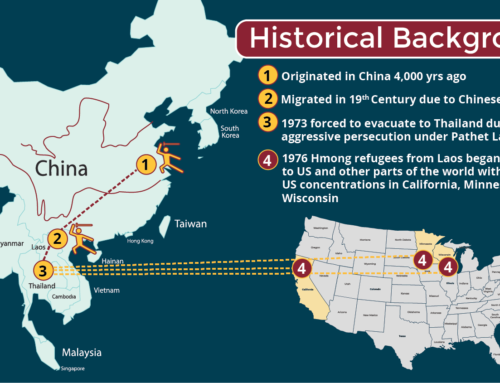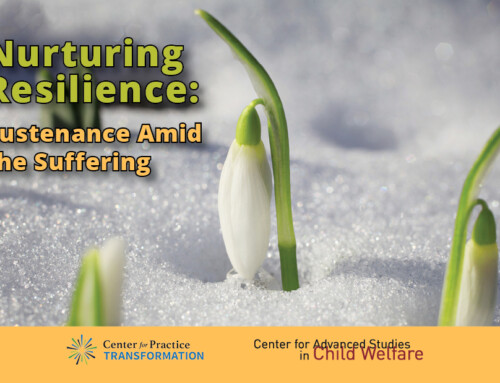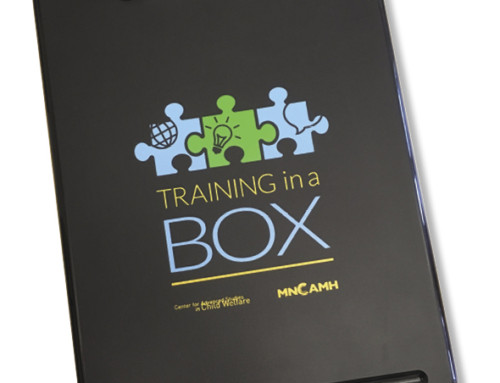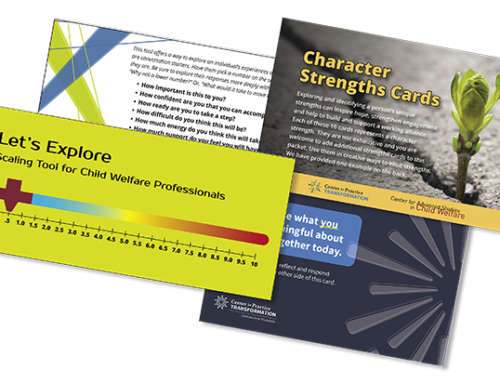Assessing Risk: A Comparison of Tools for Child Welfare Practice with Indigenous Families
Authors: Mickelson, N., LaLiberte, T., & Piescher, K.
Widely used in child welfare practice, risk assessment tools are used to identify problems and concerns in families to determine the likelihood of maltreatment occurrence/recurrence. This assessment often involves rating the child and family situation on a set of explicitly stated risk factors to gain a comprehensive understanding of the service needs of a family or individual (Camasso & Jagannathan, 2000; D’andrade, Austin, & Benton, 2008; Keating, Buckless, & Ahonen, 2016). Risk assessments are initiated early in the child protective services process and are used throughout the life of an open case. In this report, readers will find a description of commonly used risk assessment approaches and a comparison of commonly used risk assessment instruments used in North America, Europe, and Australia. Copies of the risk assessment instruments mentioned in this report are also available in the report appendices.
